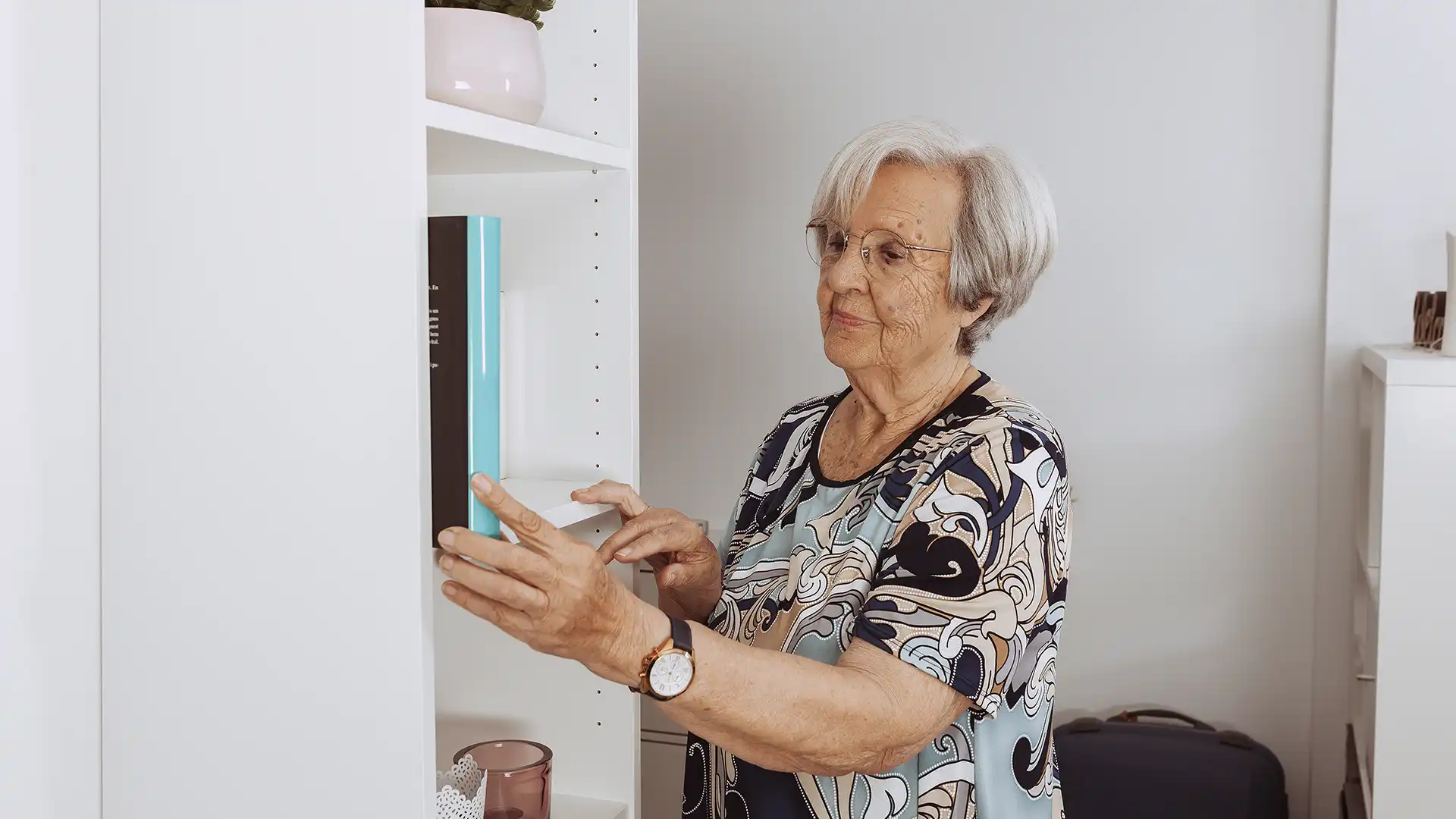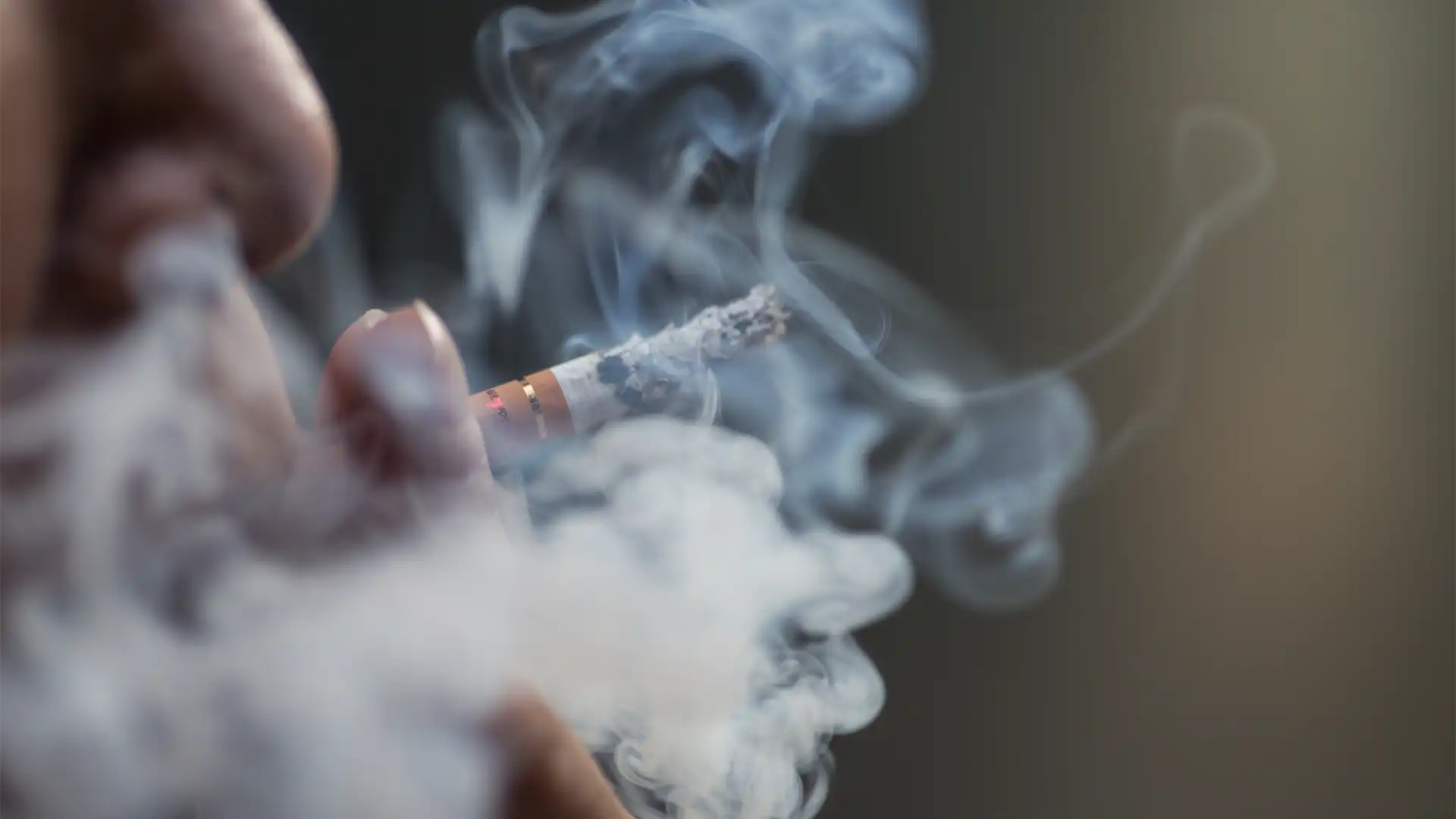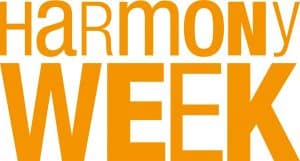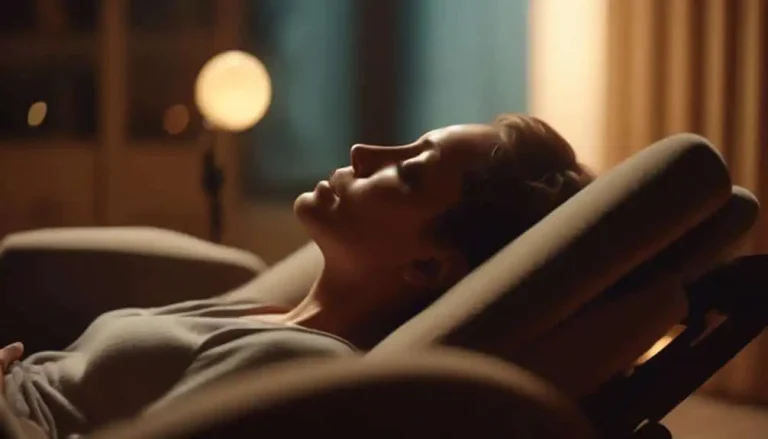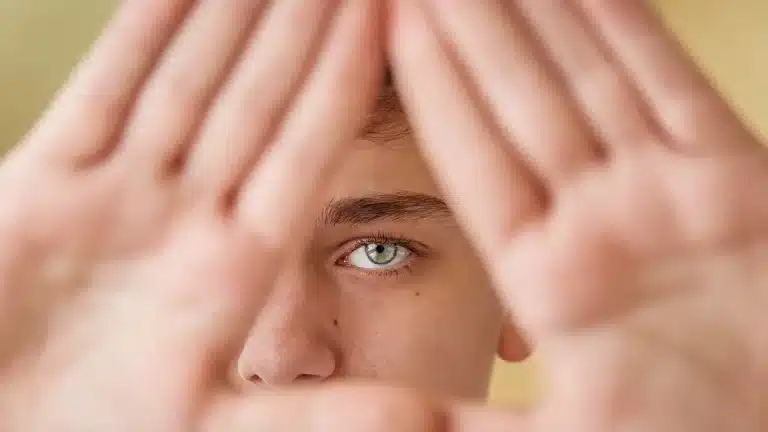Misophonia is a disorder in which certain sounds trigger an emotional and physical response. It is characterized by strong emotions such as anger and anxiety, as well as physiological responses like increased heart rate or sweating.
Recent research has indicated that it may be linked to the anterior insular cortex (AIC), which integrates outside inputs with internal organs.
This article will discuss the causes, symptoms, diagnosis, treatments, and coping strategies for managing triggers. It will also provide resources and support for those living with this disorder.
Understanding Misophonia
Misophonia is a poorly understood condition characterized by an aversion to certain sounds believed to be mediated by the integration of outside inputs and physiological signs of stress with the anterior insular cortex.
It usually appears around age 12 and likely affects more people than we realize, though it often goes unmentioned to healthcare providers.
Diagnosis requires a case history and audiological test procedures to distinguish between misophonia and hyperacusis, which have similar symptoms.
Subtypes of the condition, like phonophobia, are also identified based on fear being the dominant factor.
Commonly observed reactions include avoidance of triggering stimuli, difficulty focusing on tasks unrelated to sound, and mimicry of the stimulus for cancelling it.
Depending on their circumstances, physiological responses such as increased myelination, higher amounts of LDLs, or auditory late potentials may be present in misophonic patients.
Anecdotal cases have linked misophonia with mood disorders or Tourette syndrome, but further research needs to be done to confirm these correlations.
Currently, there are no pharmaceutical options available. Still, tinnitus retraining therapy (TRT) might help manage triggers, as well as neuropsychiatric therapies such as cognitive restructuring or stress inoculation training, which can decrease anger-related behaviours.
Causes and Physiology
Recent research has identified physiological causes for the condition, such as heightened stress responses to certain trigger sounds. This may be due to increased myelination of nerve cells in the brain’s anterior insular cortex (AIC).
The AIC is a part of the brain responsible for integrating outside inputs, like sound, with those from organs like the heart and lungs, and is thought to play a role in causing misophonia. Studies have found that people with the condition have higher amounts of myelination than those without it. This suggests that it may result from enhanced limbic and autonomic responses without abnormal enhancement of the auditory system.
Additionally, associative learning via classical conditioning could explain some neural mechanisms governing misophonia. Overall, these findings indicate an association between heightened levels of myelination in the AIC and physiological responses associated with misophonia.
Symptoms and Triggers
People with misophonia may experience physiological disturbance or aggravation when confronted with certain sounds, such as chewing, slurping, crunching, mouth noises, tongue clicking, sniffling, tapping, joint cracking and nail clipping. These trigger sounds are most commonly produced by the human body and can cause an emotional reaction that ranges from mild irritation to extreme anger. People with this condition do not experience irritation when they produce the same noises themselves.
A study conducted by Edelstein et al. in 2013 found that people with misophonia have higher amounts of myelination in their brains, which wrap around nerve cells and provide electrical insulation. This suggests a link between misophonic reactions and the integration of outside inputs, such as auditory signals, with internal organ signals from the heart and lungs by the anterior insular cortex (AIC).
Furthermore, physical responses to trigger sounds were observed, which differ from those in a control group. Self-treatment methods include leaving the room or finding a way to drown out the noise, while more advanced techniques involve self-distraction or mimicking annoying sounds. Although there has yet to be a successful treatment for this condition, sufferers need to identify triggers and find ways to manage them.
| Trigger Sounds | Emotional Reaction |
|---|---|
| Chewing | Mild Irritation – Extreme Anger |
| Slurping | Mild Irritation – Extreme Anger |
| Crunching | Mild Irritation – Extreme Anger |
| Mouth Noises | Mild Irritation – Extreme Anger |
Diagnosis and Assessment
A recent study has developed a new psychoacoustic tool to assess the presence of misophonia, accurately classifying 91% of subjects with and without the condition.
The diagnostic criteria used in the study included feelings of irritation, anger, and/or disgust towards specific oral or nasal human-generated sounds, loss of self-control, avoidance behaviours, significant impact on quality of life, and indications that other disorders do not better explain these behaviours.
This method is based on rating natural sounds on a pleasant to unpleasant visual analog scale and using the CDS score metric to quantify misophonia. This score can specifically measure aversion towards different sound sources/events such as mouth, breathing/nose, throat and repetitive sounds.
The questionnaire used for assessment is the Amsterdam Misophonia Scale (AMS), which consists of 14 items with scores ranging from 1 to 5. A total score of 61 or above suggests a misophonia diagnosis.
Additionally, pre-training with white noise was done before experimenting.
The results suggest that this new psychoacoustic test could be an important step forward in diagnosing misophonia reliably and quickly.
Treatment Options
Effective treatment for misophonia is available, from auditory distraction to clinical hypnotherapy and other therapies. There are three main categories of treatments for misophonia: sound therapy, cognitive behavioural therapy (CBT), and alternative therapies. Sound therapy provides auditory stimuli to the person to reduce the intensity of the aversive stimuli associated with their triggers.
Devices such as behind-the-ear sound generators or iPods with headphones can be used. Open-ear headphones like regular AirPods work best for this type of treatment. Alternative therapies can include neurofeedback, biofeedback, muscle relaxation, and hypnotherapy. CBT focuses on identifying unhelpful thought patterns and reactions contributing to symptoms and replacing them with positive thought patterns and behaviours. It also teaches people how to manage stress caused by triggers better.
Sufferers should seek out professionals who understand misophonia and have experience treating it to find the best treatment option for them, as no single approach will work for everyone’s unique situation. Additionally, comorbid conditions like OCD, anxiety, or trauma need to be addressed when treating the condition, as they may affect one’s ability to respond positively to treatment options.
Treatment options may vary in effectiveness from person to person, but sound treatment reduces the strength of the trigger sound while not eliminating it nor reducing its reaction in some cases; however, any form of proper management can greatly benefit those suffering from this condition if done correctly according to individual needs so they should not give up hope when searching for help!
| Treatment Options | Description |
|---|---|
| Sound Therapy | Providing auditory stimuli in order to reduce the intensity of aversive stimuli associated with triggers. |
| Cognitive Behavioral Therapy (CBT) | Identifying unhelpful thought patterns & reactions contributing to symptoms & replacing w/ more positive ones |
| Alternative Therapies | Neurofeedback, biofeedback, muscle relaxation & hypnotherapy, among others |
Coping Strategies
Navigating the challenges can be difficult, but with appropriate coping strategies, individuals can find ways to manage their responses and live meaningful lives.
Coping mechanisms are varied and personalised depending on an individual’s needs and preferences. For example, accepting oneself and engaging in meaningful conversations with loved ones can help individuals cope with the disorder.
Earplugs paired with music are effective for some people, while adjusting one’s position in a room may help to avoid triggers in certain situations.
Preparing in advance for triggering situations such as family dinners is also beneficial, as is managing stress through activities like watching movies or taking baths. Leaving the situation when necessary is another option that should be considered.
Ultimately, these coping strategies are only meant to provide support and should not replace professional medical advice or treatment, such as hypnosis or clinical hypnotherapy, which have been shown to improve functioning for those with condition-related stress disorders.
Misophonia Support and Resources
Accessing support and resources is essential for individuals living with misophonia to manage their condition. People with the condition can find relief by accessing the right support and resources. These include referral to an audiologist, cognitive behavioural therapy, tinnitus retraining therapy, counter conditioning, exposure therapy or clinical hypnotherapist, all designed to help reduce the intensity of trigger misophonia symptoms.
Support groups and online communities can provide a platform for discussing experiences and advice on treatment options in different countries.
Resources such as the University of Sussex website offer further information about misophonia diagnosis, treatments and strategies for managing triggers. Such resources can prove invaluable in helping people with misophonia better understand their condition and learn how to cope with it daily.
Misophonia FAQ
What is misophonia?
What are trigger sounds?
What part of the brain is responsible for misophonia?
Is misophonia a psychiatric disorder?
What are the diagnostic criteria?
What are common misophonia triggers?
What are the treatment options for misophonia?
Do people with misophonia have higher emotional connectivity compared to others?
Can misophonia involve visual triggers?
Conclusion
The overall outlook for those suffering from misophonia is optimistic. With a greater understanding of the condition and evidence-based treatments, individuals can learn how to manage their trigger sounds and symptoms.
Through effective coping strategies, such as clinical hypnotherapy, relaxation techniques, and lifestyle changes, those affected by misophonia can gain control over their reactions to trigger sounds.
Irony adds a layer of sophistication to this conclusion: while it is difficult to escape from the effects of misophonia on one’s life, with proper treatment and management, those living with the condition can go on to lead happy and successful lives.

